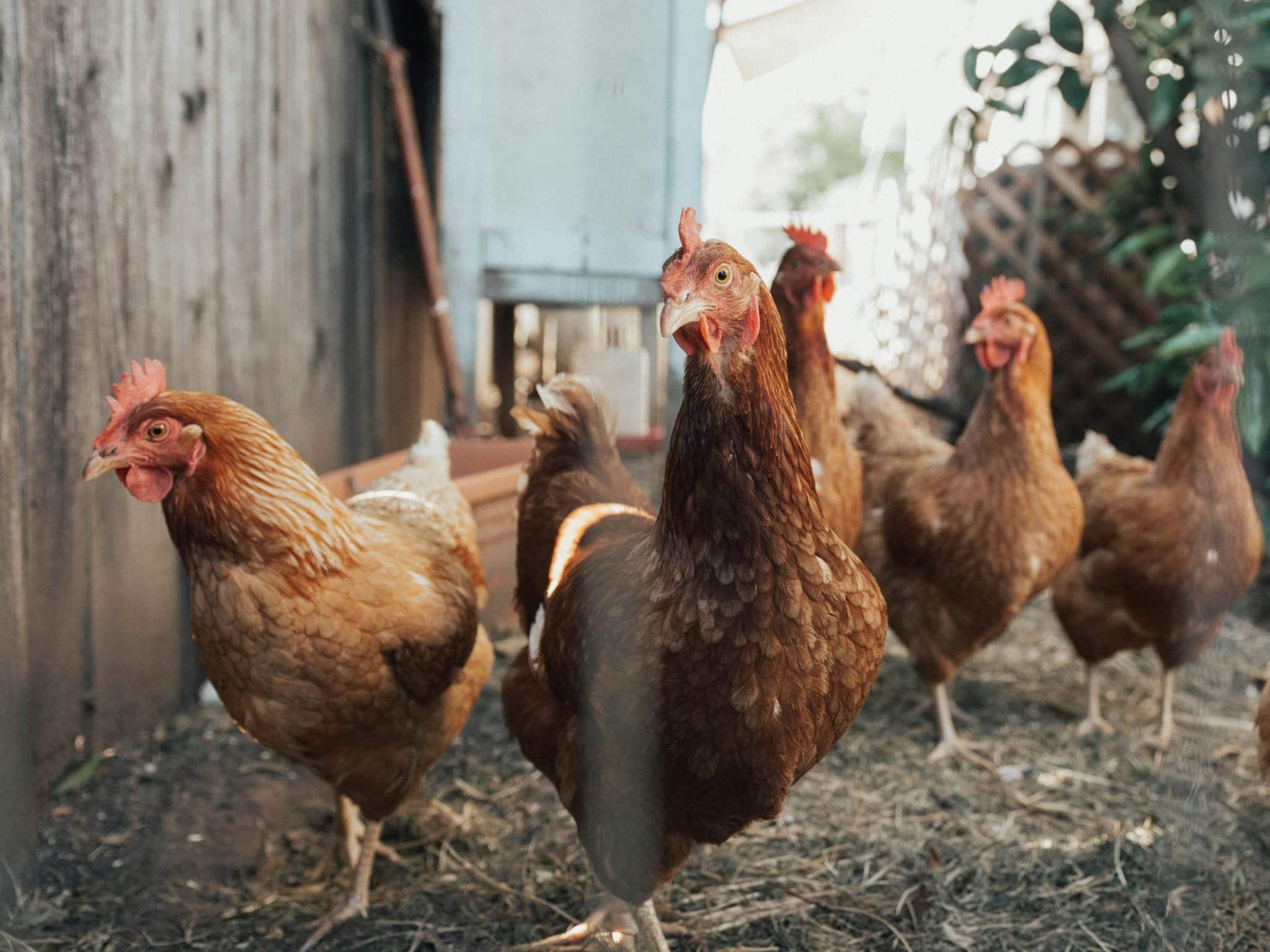Cultivated Meat: The Rise of Lab-Grown Burgers and Chicken
In recent years, the global consumption of meat has skyrocketed, causing significant environmental concerns. The traditional methods of meat production, such as factory farming, are not sustainable in the long run and have led to issues like deforestation, water pollution, and animal cruelty. In response, a new technology has emerged – cultivated meat – also known as lab-grown meat or clean meat. With the potential to revolutionize the food industry, cultivated meat has gained considerable attention and is being hailed as the future of sustainable meat production. In this article, we will explore the rise of cultivated meat, specifically lab-grown burgers and chicken, and the impact it could have on our food system.
The Science Behind Cultivated Meat
Cultivated meat is produced in a lab by taking a small sample of animal cells and replicating them to form muscle tissue. These cells are then fed with nutrients and growth stimulants to develop into edible meat, just like the meat we consume from animals today. However, one crucial difference between traditional and cultivated meat is the absence of any animal slaughter in the latter process. This method significantly reduces the environmental impact of meat production, making it a more sustainable alternative to conventional meat.
Driving Factors Behind the Emergence of Cultivated Meat
Environmental Concerns
Animal agriculture is one of the leading contributors to climate change, accounting for nearly 14.5% of global greenhouse gas emissions. Factory farming, in particular, is a major source of pollution and deforestation, as land is cleared to make room for livestock farming and feed crops. Cultivated meat has the potential to significantly reduce these environmental impacts, as it requires fewer resources, water, and land compared to traditional meat production.
Health Benefits
Another driving factor behind the rise of cultivated meat is the potential health benefits it offers. With growing concerns about antibiotic resistance and the use of hormones and other additives in meat production, cultivated meat provides a cleaner and safer alternative. The controlled, sterile environment in which it is produced reduces the risk of contamination, making it a healthier option for consumers.
The Rise of Lab-Grown Burgers
One of the first types of cultivated meat to hit the market was the lab-grown burger. In 2013, a team of scientists created the world’s first lab-grown burger, which was made from cells extracted from a cow. The burger patty’s taste and texture were not as refined as traditional beef, but the successful proof of concept paved the way for further research and development. Today, several companies, such as Beyond Meat and Impossible Foods, have launched their versions of plant-based burgers that taste, smell, and look like real beef burgers, but without the environmental impact.
The Potential of Cultivated Chicken
While lab-grown beef burgers have gained popularity, the potential for cultivated chicken is huge. Poultry production is responsible for a significant percentage of greenhouse gas emissions and is also considered a major contributor to antibiotic resistance. Companies like Just and Future Meat Technologies have been working on developing lab-grown chicken, with promising results. In fact, Just’s cultured chicken nuggets have already been approved for sale in Singapore, marking the first time cultivated meat has been approved for commercial consumption anywhere in the world. This is a significant step towards a more sustainable and ethical food system.
The Road Ahead for Cultivated Meat
While there is still a long way to go before cultivated meat can compete with traditional meat in terms of cost and scalability, the potential it holds for the future is undeniable. As technology advances and production costs reduce, we can expect to see an increase in the availability of cultured meat products in the market. With the growing demand for sustainable and ethical options, the rise of cultivated meat could be the solution to many of the challenges facing the meat industry today.
Conclusion
With the rising demand for meat and the environmental impact caused by traditional meat production, cultivated meat offers a sustainable and ethical solution. By reducing the use of resources, emissions, and animal slaughter, it has the potential to revolutionize the way we produce and consume meat. While it may still be in its early stages, the rise of lab-grown burgers and chicken is just the beginning, and we can expect to see more innovations in this space in the future.







